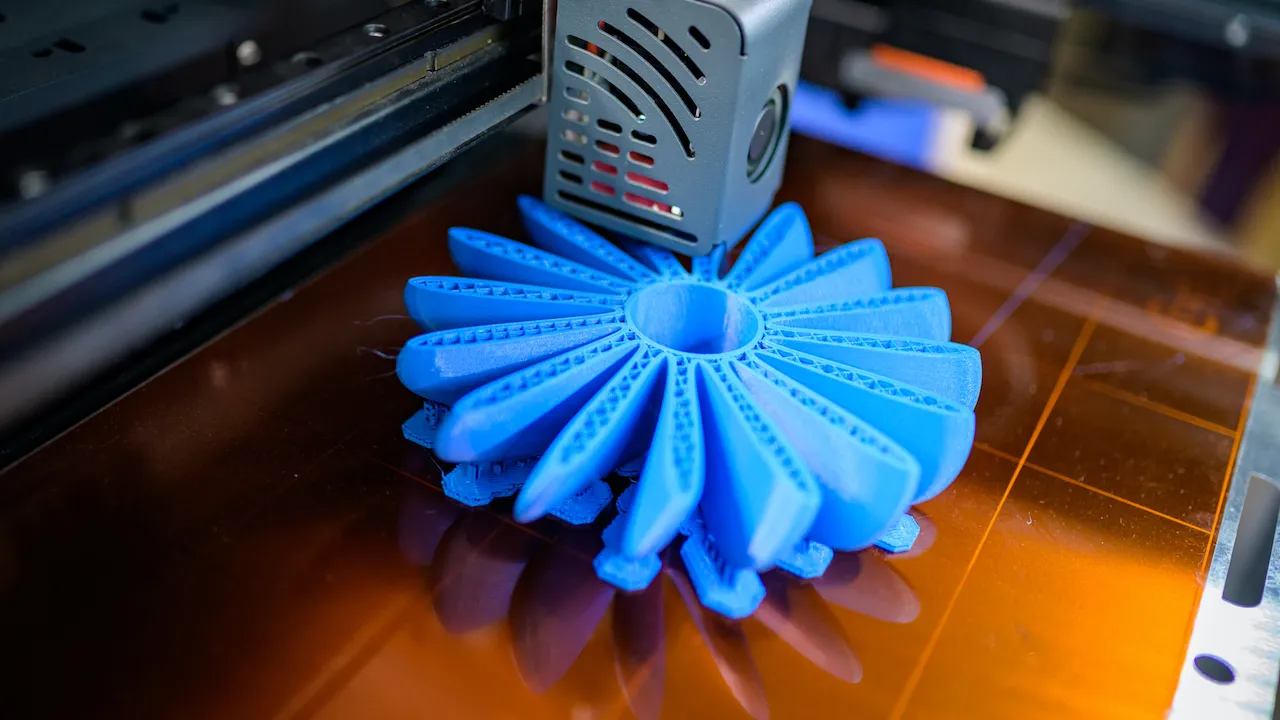3D solid modeling. Integrated product simulation. Digital twins. Multi-disciplinary Analysis and Optimization (MDAO). Computerized tools for product design and development are proliferating and advancing in capabilities at an ever-increasing pace. The capabilities of today’s software tools are far advanced from what they were just a couple of years ago becoming more and more realistic, accurate, and speedy with better UX, connectivity, and integration. And it doesn’t appear that advancement will plateau any time soon. What are the implications for the practitioner of lean in new product development, R&D, and advanced manufacturing development environments?
...with the proliferation of increasingly advanced computer tools, LPPD principles are just as or even more important today!
It may seem to some that all this new tech makes lean tools and practices obsolete. With these new capabilities available to our teams, we can use them to solve the problems that LPPD aims to address. Communication and integration of work are close to automated. We can quickly generate new solutions that meet multiple constraints and know with high reliability whether those constraints are met. The need for prototyping is greatly diminished. Data are readily available and deployed to inform work.
While there is certainly some truth to this way of thinking, I offer two countervailing opinions. First, I suspect most of us agree that we want to use the new tools to help us do better work and do it more intelligently and efficiently. We don’t want to use them to make us stupid. Yet that can easily happen when we, for example, jump right to the tool to work up a model and simulate it rather than taking the time to think through a plan or to do the deep analysis to really understand the physical or economic realities or user implications. The thought process looks more like trial-and-error than a systematic or scientific approach, resulting in less learning and less knowledge. I would argue that with the proliferation of increasingly advanced computer tools, LPPD principles are just as or even more important today! In them, we find guiding principles that help us make the tools work for us rather than the other way around.

Second, many of these tools make some lean approaches more feasible than ever before (and therefore fewer excuses to not do them!). Take trade-off curves for example. The idea of trade-off curves is to identify the (often non-linear) relationships between variables the designer has control over (so-called decision variables such as physical dimensions or choice of material) and performance (how the design behaves). We can use product simulations to test a range of designs and map their performance as we vary different parameters to create sets of trade-off curves, and we can do that quickly and at a lower cost relative to other means such as prototype testing. In addition, with computer tools, we can create multi-dimensional trade spaces rather than being limited to 2D charts and graphs, which takes the idea of trade-off curves to a whole new realm. In short, digital simulation and analysis can be used to generate knowledge to inform development in an accelerated fashion.
What do you think? Come and share your experiences on this topic and learn from others at the LPPDE Exchange in Newport, Rhode Island October 3-6. I plan to be there and look forward to the conversation!
Image by Trent Pickering on Unsplash
Do you have ideas you would like to share concerning accelerating the learning process or aligning teams towards a common understanding? If so, it would be great to hear them or your feedback on this topic.

Durward Sobek
Professor of Industrial and Management Systems Engineering
Montana State University
Durward K. Sobek II currently serves as Vice Provost of Academic Affairs at Montana State University and Professor in Industrial and Management Systems Engineering at Montana State University. He holds Ph.D. and M.S. degrees in Industrial and Operations Engineering from the University of Michigan, and an A.B. degree in Engineering Sciences from Dartmouth College.
Dr. Sobek has been researching lean product development and lean healthcare for two decades, focusing on how organizations can increase their performance capacity through the application of lean principles. He is co-founder of the not-for-profit Lean Product and Process Development Exchange, Inc. whose mission is to share and expand the body of knowledge around lean product and process development. He is a frequent presenter, and has published numerous articles in publications such as Harvard Business Review, Sloan Management Review, and IEEE Transactions on Engineering Management. He is co-author of Lean Product and Process Development, 2nd edition; and is co-author of the Shingo Prize winning book Understanding A3 Thinking: A Critical Component of Toyota's PDCA Management System.
Upcoming Event: LPPDE NA 2022 In-Person Conference
October 3-6, 2022 in Newport, RI
Join us to learn how you can increase your innovation speed, eliminate waste in your processes, and lead your team to new levels of productivity and pride. Meet people like yourself who are striving for innovation excellence. Learn what works for them. Share your challenges and successes. We want to exchange ideas with you, so we all learn to innovate faster.
Hear keynote from Bruce Hamilton of GBMP on “Developing your Teams to Accelerate your LPPD Innovation.” Meet Durward Sobek, co-author of the book, Lean Product and Process Development. And many others with deep expertise in lean product development. See the full program at LPPDE NA 2022.


